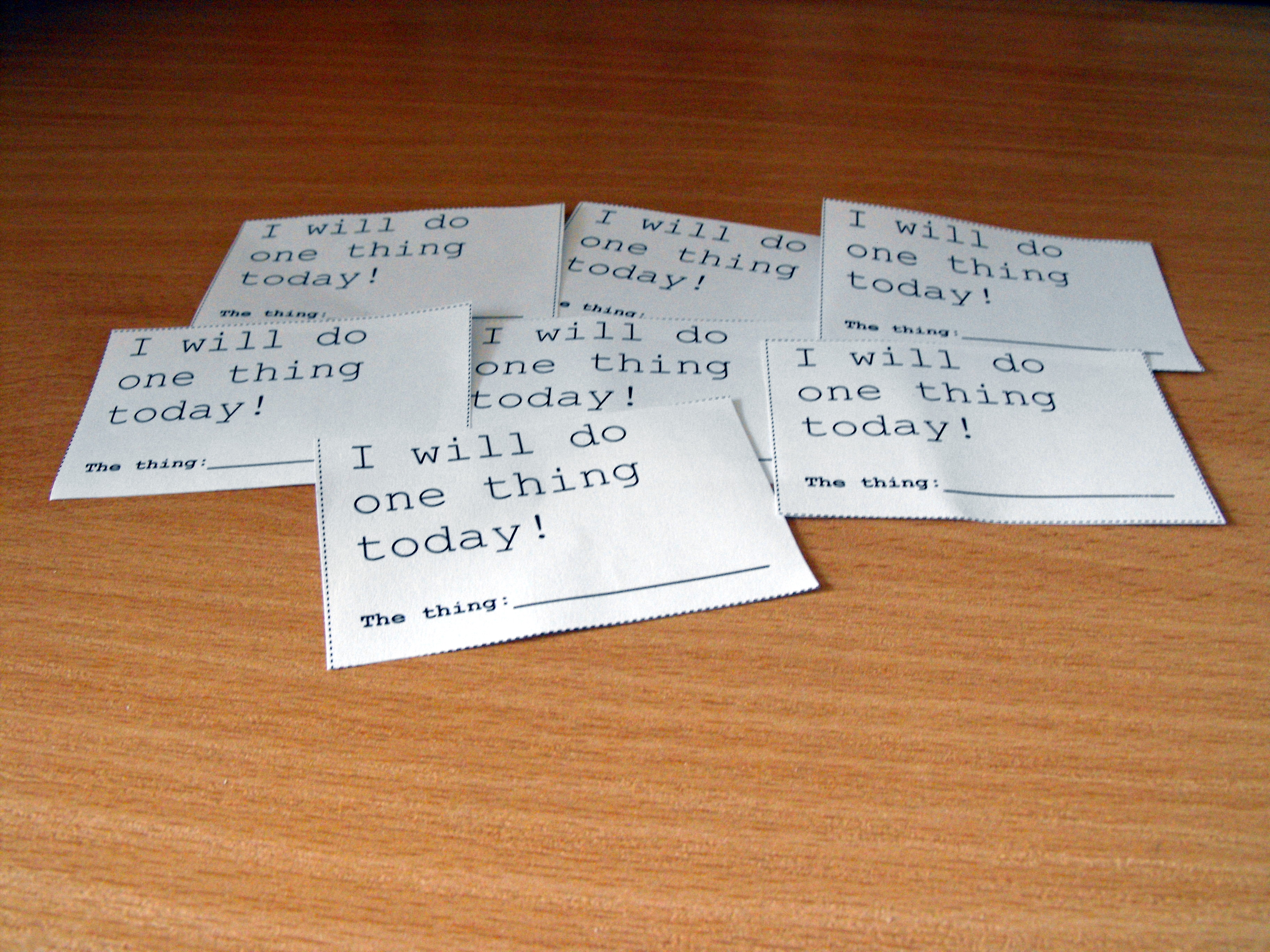 My favorite time of year is post-holiday. I am not happy about having to return to work, but I am happy about the sales that come out! For instance, after V-Day I buy all of the discounted candy hearts for circle graphs and probability.
My favorite time of year is post-holiday. I am not happy about having to return to work, but I am happy about the sales that come out! For instance, after V-Day I buy all of the discounted candy hearts for circle graphs and probability.For Easter, I love to buy the discounted Easter Eggs. Although if you have kids or belong to a church organization you can easily reuse their leftovers (This way it is free!). I use these Easter eggs for a bunch of activities. I love to use them for probability, rolling dice, picking random names, word work (prefixes and suffixes), and review activities.
 One of my favorite activities is to have an Easter Egg Hunt the day we get back from Easter Break (Spring Break). Instead of having candy inside the eggs, we have math problems (the kids normally groan at this point. Then I tell them that each question is worth an amount of money. (We use checkbooks to support wanted and unwanted behavior I have a post about it if you want to read more!) The students are required to work in groups of 3-4 and answer as many math questions as they can. Each question is worth a different amount of money based upon difficulty.
One of my favorite activities is to have an Easter Egg Hunt the day we get back from Easter Break (Spring Break). Instead of having candy inside the eggs, we have math problems (the kids normally groan at this point. Then I tell them that each question is worth an amount of money. (We use checkbooks to support wanted and unwanted behavior I have a post about it if you want to read more!) The students are required to work in groups of 3-4 and answer as many math questions as they can. Each question is worth a different amount of money based upon difficulty.The students need to complete 1 question at a time and work together, they must show all of their work on a empty chart. They are allowed to use calculators and formula sheets (unless noted on the question.) The students were grouped randomly among different skill levels (simply counted off 1,2,3..1,2,3..etc.)
You cannot see in the picture but we had a 7th grade question and a 6th grade question side. If any of my students completed the 6th grade side with too much ease, I invited them to the 7th grade side.
I love this activity, because it has the kids up and moving in the nice sunshine. It essentially accomplishes the same thing as a worksheet. I am asking kids to solve dry math problems. The only difference is they only see 1 question at a time and must work in their group. I video taped their conversations, though I cannot post it for security reasons, I can tell you that their conversation was a lot richer in math vocabulary than any worksheet that I have given them.
Good luck with your hunt!
Problems for 6th Grade
Problems for 7th Grade







.jpg)
.jpg)
.jpg)
.jpg)
.jpg)



